#Vertical farming
Explore tagged Tumblr posts
Text

#solarpunk#permaculture#city planning#functional supply chains#future of food#food security#food sovereignty#vertical farming#verticality#indoor farm
59 notes
·
View notes
Text
"Arlington, Virginia is like a gateway to the city of Washington D.C. Part of the Metro line, but across the Potomac, it’s nevertheless a busy area and not the kind of place you’d expect to be able to get minutes-old, farm-fresh produce.
But Area 2 Farms is growing greens, herbs, and root vegetables in a vertical farm thanks to the dearth of traditional office tenants. With high-rise office space remaining vacant even after the end of the pandemic, landlords are open to ideas.
Jackie Potter and Tyler Baras pitched the idea of an indoor farm and it was obviously a good one because Area 2 is already well-established in the Arlington area such that they offer subscription delivery of fresh veggies to fellow urbanites starting at $40 per week.
Area 2 Farms uses a sophisticated conveyor belt system called Silo to cut down on the more laborious hours of indoor farming. It’s not a hydroponic system—there is soil inside Area 2 Farms which means they can grow root vegetables like potatoes, carrots, and radishes.
When executed correctly, vertical farming can produce as much as traditional farming but with a lot less space, and no concern over weather or pests. Obviously as well it can be done in the center of a city, where land is at a premium...
“Cities are changing every day,” Potter tells Modern Farmer. “There’s a really great economic opportunity as well. Our farms create new green jobs, they beautify spaces and provide fresh food to local communities. That’s something that’s really precious.”"
-via Good News Network, 7/14/23
#virginia#arlington#farming#vertical farming#area 2 farms#vegetables#fresh fruit#fresh vegetables#united states#good news#hope#hope posting#pandemic#rent#sustainable agriculture#organic
327 notes
·
View notes
Text
One founder told me that many investors don’t really understand this space, and that they’re often drawn to the sexiest, most revolutionary technology, rather than more incremental improvements and business models that are already proven, like lower-tech greenhouses. It’s also hard to make money selling baby greens rather than a high price-point item like cannabis—or even just more expensive produce, like berries. “Is it worth spending $20 million on a cutting-edge system when you’re producing objects that might get $1 or $2 in the marketplace? That’s the problem,” says Stein, the Penn State business professor. (As a growing number of indoor farms have started selling branded greens, the competition is also making it harder to get placement in grocery stores.) If companies look to make more money by charging a large premium for a box of greens, there’s a relatively limited group of consumers willing to pay more for salad.
226 notes
·
View notes
Text
youtube
Meet Linda Kathambi, a pioneering farmer who has embraced the future of urban agriculture through hydroponic and vertical farming systems.
12 notes
·
View notes
Text
youtube
Clayton fostered his love for numbers by playing poker - a lot of poker. Now, he’s using that mentality to launch a vertical farm company that he believes can “replace the produce aisle.”
Up Next ► Aquaponic farms in shipping containers • Aquaponic farms in shi...
“We think everyone deserves access to reliable local food year-round,” says Nebullam co-founder Clayton Mooney. “Our vision is to replace the produce aisle.”
When Mooney and Danen Pool founded indoor farming company Nebullam in 2017, they knew that growing crops indoors would be the future of farming. At the time, however, indoor farming technology was far from futuristic. “We saw that indoor farming was very antiquated,” said Mooney.
So, Nebullam set out to optimize the future of farming. The company's initial goal was to develop and sell technology to up-and-coming indoor farming companies, including software that helps analyze and optimize the production process, and equipment that’s more mobile so farmers can position crops where indoor conditions are ideal.
But when faced with the pandemic, Nebullam had to overhaul their business model. Here’s how the indoor farming company pivoted to become profitable during unprecedented times, and how they plan to continue to scale.
#Freethink#solarpunk#vertical farm#vertical farming#hydroponics#Nebullam#Clayton Mooney#produce#Youtube
7 notes
·
View notes
Text
By adopting a vertical grow rack system, growers not only improve efficiency but also reduce water usage and labor costs. This innovative approach to hydroponic farming represents the future of sustainable agriculture, making it an indispensable tool for forward-thinking cultivators.
3 notes
·
View notes
Text
Btwwww
What
The fuck
Is
Vertical farming
And why did it have to be the topic of the argumentative essay for the English regents
Two days later and this shit still haunting me cuz im ass at writing for/against a topic i dont properly understand.
Past regents essay texts were about whether classical literature should be read in schools, whether everyone should be mandated to vote, etc.
Stuff that I vaguely understood.
So why. Was. This year's. On. Fucking. VERTICAL FARMING.
Spent half my time skimming through four texts that seemed to assume you know what vertical farming is trying to figure out what they vertical farming is and how it worked cuz writing with absolutely no background info is not possible.
Not to mention the amount of times i said vertical farming and conventional farming in that essay and i pretty much just repeated the texts cuz there was nothing to say if the evidence i have in support is literally "Less water is a good thing" like what else do you want me to say???
If i have the slightest amount of info on a topic beforehand, then i can bs the shit out of the essay because the wording is something familiar that i know and can rely on.
How was I supposed to do that with "VERTICAL FARMING"?!?!
#high school#ela#english#regents#english regents#chaos thoughts#essay#chaos rants#vertical farming#do i think i failed? no. its english#english is easy if you can bullshit ur way through life#and ive been bs-ing my way through life since i was born#however#i will admit the essay sucked#and the multiple choice and text analysis parts are probably gonna be my saving grace#i learned about vertical farming after the test#my dad showed me a video on it after i did this same rant to him
3 notes
·
View notes
Text
#tech#TechnologyAI for sustainability#circular economy#electric vehicles#geothermal energy#green buildings#hydropower#Innovative technologies#Internet of Things#precision farming#renewable energy sources#smart grids#solar power#sustainable future#sustainable materials#sustainable transportation#vertical farming#wind energy
2 notes
·
View notes
Text
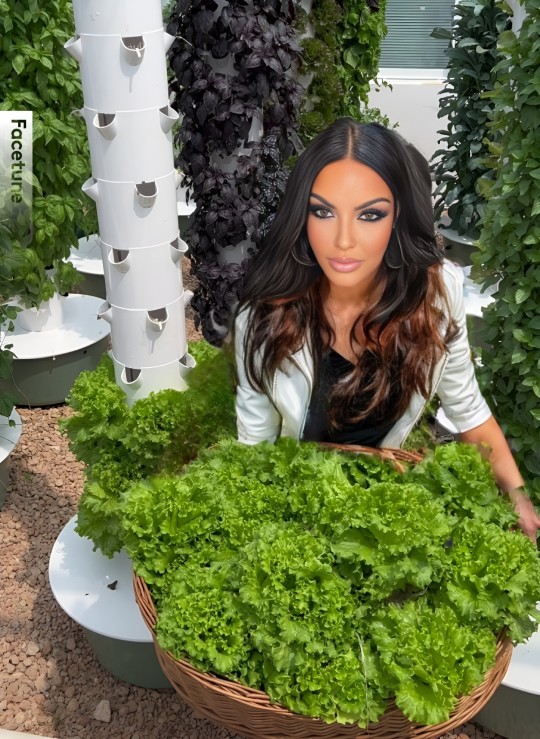
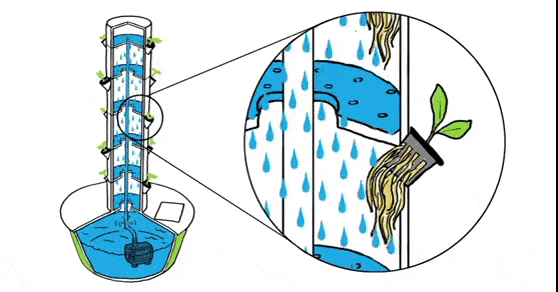
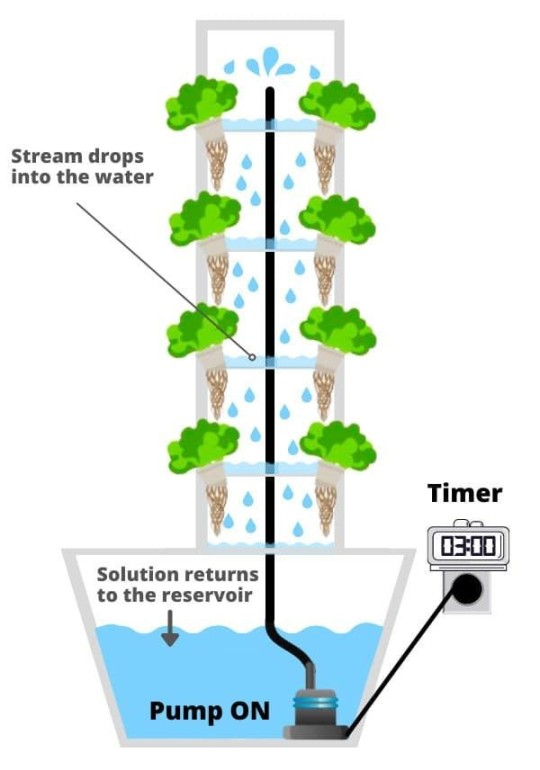

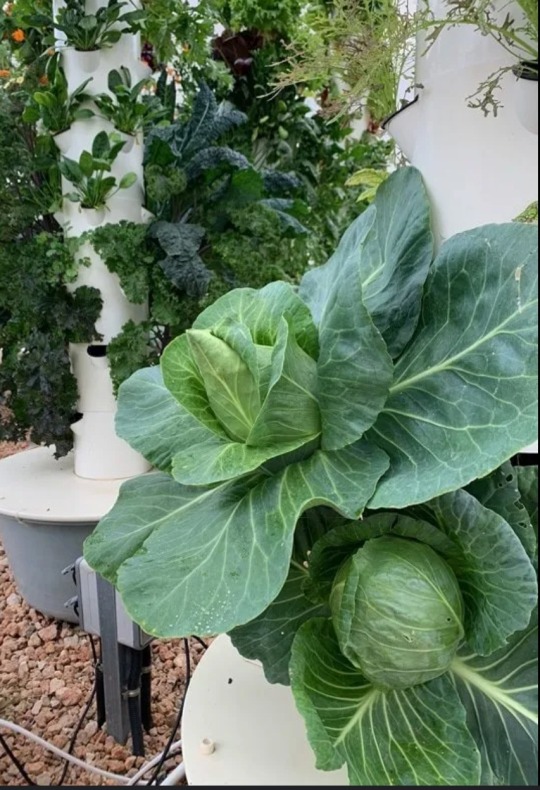
#creative inspiration#education#vertical farming#aquaculture#aquaponics#all natural#science#entrepreneur#organic agriculture#organic farming#self love#herbal remedies#inspiration#love#shrimp#garden#sustainability#farm#farming#sale#growyourbusiness#grow food#knowledge#nature#earth
2 notes
·
View notes
Text
Belgium-based Urban Crop Solutions (UCS) and Germany’s Aixponic have developed a new technology in sustainable agriculture that cultivates saltwater plants through indoor farming technology. The collaboration addresses water scarcity issues faced by the F&B industry by minimizing freshwater usage through saltwater irrigation. It also emphasizes the broader potential of indoor vertical farming which has potential to go beyond growing leafy greens and hone in on crops with nutraceutical benefits.
The collaboration merges an indoor fish farming facility with a vertical farm, tailored to meet the specific requirements of critical environments, facilitating optimal conditions for plant cultivation
3 notes
·
View notes
Text
Homesteading for the Homeless:
How Converting Empty Commercial Spaces into Indoor Farms Can Address Food Insecurity and Unemployment
The COVID-19 pandemic has led to high vacancy rates for commercial spaces in metropolitan areas, especially malls and skyscrapers. At the same time, homelessness remains a significant issue, especially in coastal cities. One solution to address both these problems is to convert empty commercial spaces into indoor farms and communal living areas for homeless Americans, owned and operated by their workers.
Indoor farming has emerged as a sustainable and efficient method for producing high yields of crops in a small space, regardless of weather or climate conditions. Vertical farming, a method of growing crops in vertically stacked layers, has gained popularity in recent years as a way to maximize space and improve efficiency. Repurposing vacant commercial buildings could create a new industry that addresses food insecurity while providing employment for the homeless.
According to a report from CBRE, the United States had a 16.4% office space vacancy rate at the end of 2020, the highest it has been since 2011. The retail sector was also struggling, with a national vacancy rate of 10.5% in the first quarter of 2021. Meanwhile, homelessness remains a significant issue in coastal cities, with an estimated 580,466 people experiencing homelessness in January 2020, according to the Department of Housing and Urban Development.
Startups in the vertical farming industry have been on the rise in recent years. According to AgFunder, an online platform that connects investors with agtech startups, there were over 60 vertical farming startups that raised over $1.2 billion in funding in 2020. These startups are using innovative techniques to grow crops in urban areas, close to consumers, and reduce transportation costs and emissions.
Converting vacant commercial buildings into indoor farms using vertical farming techniques would provide employment for the homeless and communal living spaces. However, these indoor farms could also be operated as worker-owned commercial enterprises. Communal living spaces for homeless individuals would provide a sense of community and stability, as well as a chance to learn valuable skills through participation in the farming process. By operating the indoor farms as worker-owned enterprises, homeless individuals could take ownership of their work and have a say in the direction of the business.
Homesteading using vertical farming is an opportunity to work with individuals who share the same interests and values. For young people, WWOOF (World Wide Opportunities on Organic Farms) provides opportunities to travel around the world and learn about sustainable agriculture practices. Similarly, converting commercial spaces into worker-owned indoor farms could create new opportunities for homeless individuals to participate in the farming process and learn valuable skills, while also taking ownership of their work.
While there are challenges to converting commercial buildings into worker-owned indoor farms, such as significant investment and expertise, the benefits are significant for those experiencing homelessness and the wider community. By creating worker-owned indoor farms, we could create a new industry that provides stability, food security, and employment opportunities, while building a stronger sense of community.
The conversion of vacant commercial buildings into worker-owned indoor farms using vertical farming techniques and communal living spaces for the homeless could address the challenges facing our society. We have the potential to create a new industry that provides stability, food security, and employment opportunities, while building a stronger sense of community. Let us consider homesteading with worker-owned indoor farming as a solution for the future.
#homeless#vertical farming#sharing economy#cooperation#wwoof#homelessness#cooperative#share#couchsurfing#organic farming#urban gardening#urban planning#economy#collaboration
9 notes
·
View notes
Text
High-rise Pig Farming in China

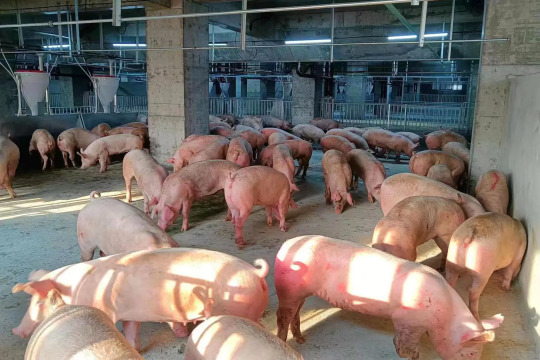



A 36-story pig farm in China.
9 notes
·
View notes
Photo
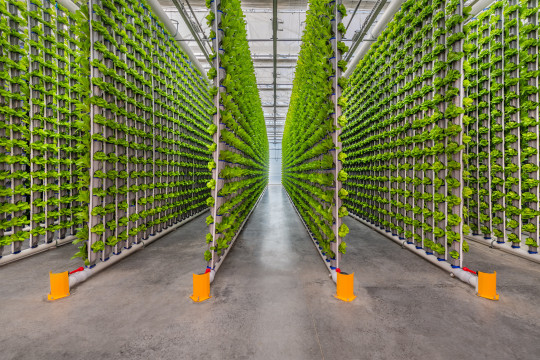




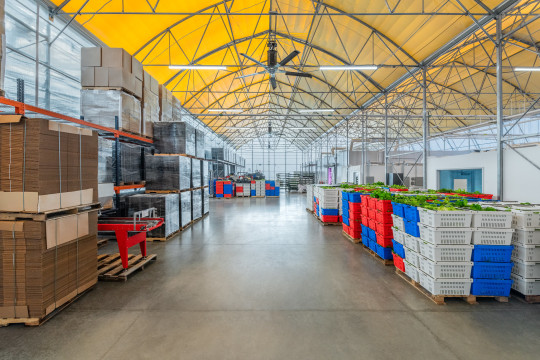
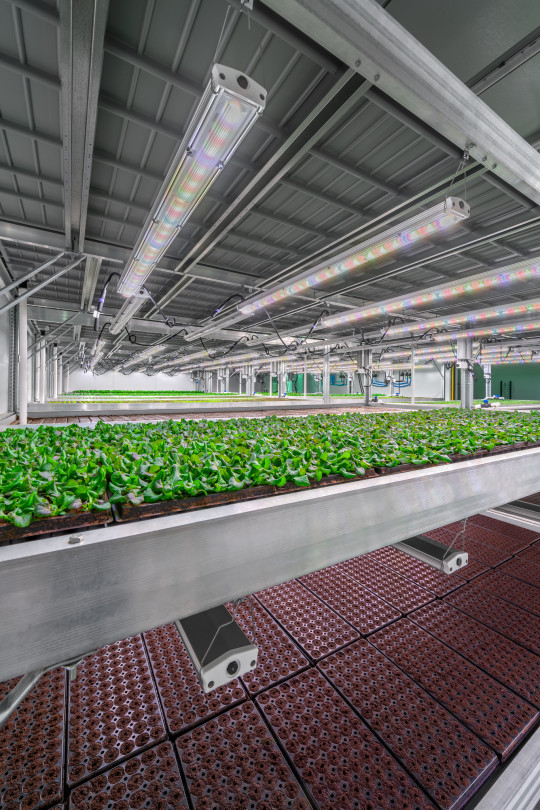
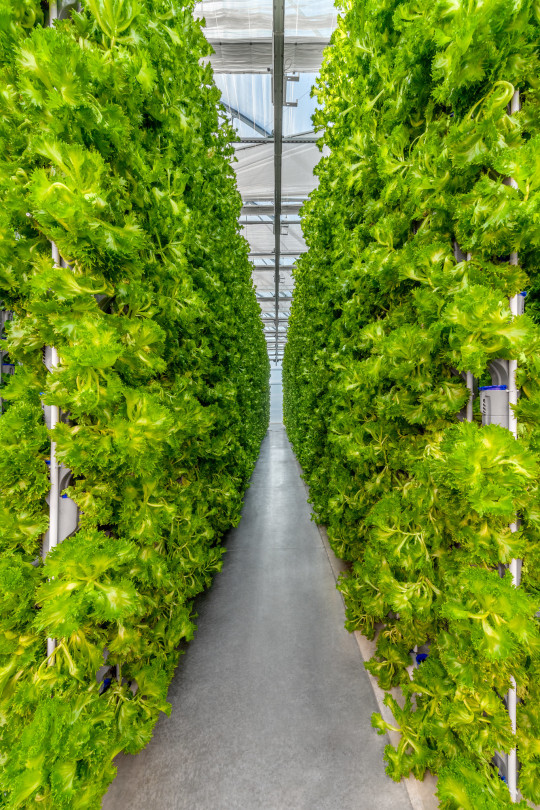
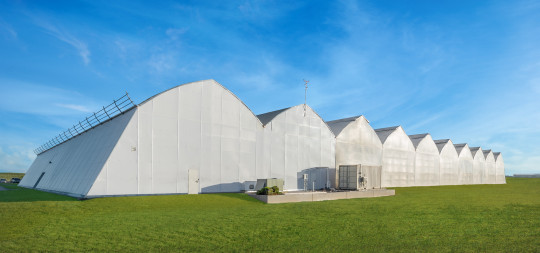
Ryan Companies built the newly developed 2-acre vertical farming greenhouse for Eden Green Technology in Cleburne, Texas.
The facility will produce approximately 1.8 million pounds of greens annually in the 62,500-square-foot space that will grow more than 200 products. That’s 11 to 13 harvests per year compared to 1-2 harvests that traditional farming methods produce. This greenhouse module strives to use 99% less land and 98% less water than soil-based farms. Eden Green donates 10 percent of their yield to charity. The rest is pre-sold to retailers and distributors.
© Wade Griffith Photography 2023
#architecturalphotography#cleburnetexas#edengreen#edengreentechnology#greenhouse#moderngreenshouse#ryancompanies#vertical farming#vertical greenhouse#leafy greens#construction#modern farming
6 notes
·
View notes
Text
ChatGPT in the agricultural sector: advantages and opportunities
Artificial intelligence technologies are increasingly being used in different sectors of the economy, including agriculture. One of the promising tools is ChatGPT, a generative artificial intelligence model that can be used to automate a number of processes in the agricultural sector.
In this article, we will look at how ChatGPT can be used in the agricultural sector with its advantages and possibilities.

So far, ChatGPT cannot generate images, so we made this image using Kandinsky 2.1. According to the neural network, the farmer of the future manages their farm using artificial intelligence.
ChatGPT technology overview
ChatGPT is an innovative solution to develop a chatbot that can participate in a dialogue, search for errors in programming code, write poetry and scripts, and even argue. We will not go into technical details, but if you are interested, you can read about them here or here. Our goal is to consider the capabilities of this technology in the agricultural sector.
ChatGPT was trained using text selection from the web and Reinforcement Learning from Human Feedback. The neural network underwent multiple retraining sessions to make its answers even more accurate.
The main goal of developing ChatGPT was to make artificial intelligence as easy to use, correct and ‘human’ as possible. The system provides ample opportunities to automate various processes, reduce errors and improve work efficiency.
ChatGPT has many features and skills:
• Generating phrases, sentences or texts to create content for websites or advertisements.
• Requesting answers based on the input information on which the neural network was trained.
• Solving problems, for example, by formulating a specific problem and suggesting possible solutions.
• Generating various types of content, including advertisements, social media posts, news articles and other texts.
• Completing sentences and phrases automatically in applications when the user enters a text into a search box or writes an email.
• Creating various kinds of chatbots that can help in customer service: answering questions, learning about customer preferences or making recommendations.
• Extracting information from texts, as well as identifying the most important information in the text.
These are just some of the features of ChatGPT and similar applications. Developers can use this technology to develop innovative applications that not only save time and resources, but also provide a deeper understanding of user needs and preferences.
How AI is being used in agriculture today
Artificial intelligence is becoming more popular and coming into use in the agricultural sector. Today, artificial intelligence technologies offer an opportunity to solve many problems that arise in the agricultural sector, from increasing yields to reducing production costs.
SmartAgro
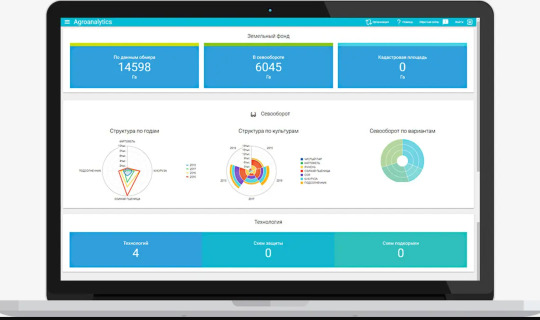
SmartAGRO Agroanalytics interface
One of the companies using artificial intelligence to improve production is SmartAGRO, a Russian IT company specializing in the development and implementation of intelligent systems to solve complex problems in the industrial agriculture.
Their core product, Agroanalytics-IoT, automates up to 90% of the industry’s business processes, which significantly reduces crop losses.
The company uses artificial intelligence algorithms to predict the harvest throughout the growing season, so that it has the opportunity to adjust processes if something goes wrong.
SR Data
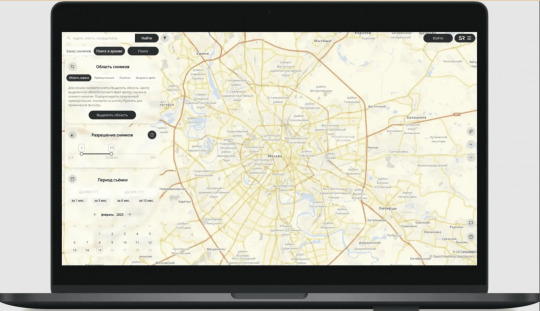
SR Data solution that allows ordering satellite images (photographs of agricultural land)
Another developer of intelligent solutions in the agricultural sector is SR Data, a private Russian tech company that provides high and ultra-high resolution space images and analyzes them using mathematical modeling and artificial intelligence systems. In addition to optical images, the company uses radar images to minimize the negative impact of weather on the quality of information extracted from images. This solution is particularly useful in the agricultural sector as it allows specialists to receive high-quality data exactly when it is needed. However, the company cannot calculate vegetation indexes from these images directly, so it uses AI algorithms to predict those.
Autonomous Greenhouse Challenge
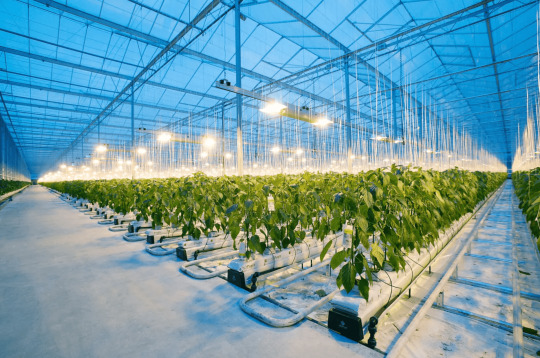
Vertical farming
A good example of the use of artificial intelligence in the agricultural sector are automated greenhouses. Using up to date machine learning and data analysis systems, AI can help optimize plant management processes to boost production and reduce costs. The solution was developed in 2022 by a team from Russian Agricultural Bank and Moscow Institute of Physics and Technology as part of the Autonomous Greenhouse Challenge.
Analyzing data from sensors and monitors in a greenhouse, including light, humidity, temperature and other parameters, AI algorithms determined the optimal conditions for plant growth. After that, the system automatically controlled and adjusted environmental parameters. This greenhouse management system helps specialists optimize plant growth conditions and get higher yield.
These examples prove the benefits of using AI in the agricultural sector. However, ChatGPT is not a standard AI algorithm and its capabilities are not so obvious. Let us try to find them out.
We asked ChatGPT about its role in agriculture, and this is what we got:
• Data reporting automation and documentation generation. ChatGPT can make automatic reports on crops and harvest, generate accounting reports and other documents significantly reducing the time and resources required to perform these tasks.
• Improved communication between farmers and consumers. ChatGPT helps create chatbots to improve communication between farmers and consumers. It enables customers to ask questions about growing methods and product quality, and farmers — to get feedback on their products and services, which will help improve the quality of the products and transform the approach to production.
• Weather forecasting and vegetation management. ChatGPT algorithms can be used to obtain weather reports and manage the vegetation. This requires collecting data on weather, soil moisture, pests, and other parameters, and then using these data to develop models that help predict the best time to plant or harvest, as well as the most effective pest control methods.
• Pattern and organic material recognition. ChatGPT algorithms can be used for pattern and organic material recognition, which helps determine which labels are needed for each package and which shipping method is the best. Specialists can also use ChatGPT to detect irrigation system leaks and other technical problems.
Our opinion on using ChatGPT in agriculture
The previous section covers various use cases for ChatGPT in agriculture, which it has generated itself. However, some of them require fine-tuning the neural network or using it as an addition to the existing instruments.
The application that we see as the most realistic is to improve communication between farmers and consumers. Chatbots providing communication between farmers and consumers will enable buyers to ask questions about growing methods and product quality, and farmers — to get feedback on their products and services, which will help improve the quality of the products and transform the approach to production.
For example, we asked ChatGPT how to choose apples:

We also asked it about safety of phosphate fertilizers:
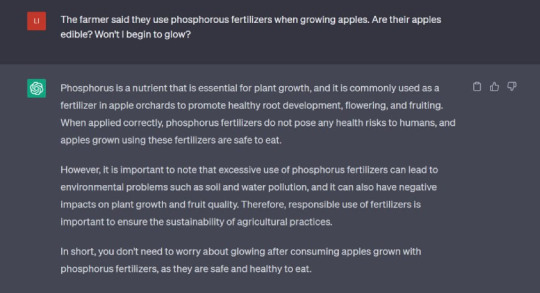
ChatGPT successfully answered our questions and helped choose and buy apples from the farm, which proved its usefulness.
What others think about ChatGPT applicability in the agricultural sector
To find more ideas about the possibilities of using ChatGPT in the agricultural sector, we conducted a survey and got the following results:
• Most people are suspicious about ChatGPT technology because of the possible false information it provides, its lack of responsibility and the absence of direct interaction with ‘real-world’ processes.
• Some people see the benefits of using ChatGPT in the agricultural sector. After some adjustment, the neural network can be used to create and fill out documentation. It may take the approach of an offline AI assistant that can combine data from the Internet, as in ChatGPT-plus complete with its plugins.
• There are those who have not yet figured out how the technology works and believe that the agricultural sector does not need new technologies, but needs more labor force instead.
The survey showed that the role of ChatGPT in the agricultural sector is ambiguous. Most people are skeptical about this technology, but there are those who see its benefits. The results of the survey show that the use of ChatGPT in the agricultural sector requires in-depth study.
Real case of using ChatGPT to grow potatoes
However, while some are skeptical of new technologies, others are enthusiastic about testing them. One of the recent tests is growing potatoes using ChatGPT.
You can read about this experiment in the Telegram channel of the project. ChatGPT understands user’s requests for growing seed potatoes in an aeroponic system and is calling itself a ‘professional agronomist and AI botanist’.
The neural network will provide information about nutrient mixes, watering cycles, lighting conditions, pH and EC target values, and take into account the effect of pH adjusters on the nutrient solution. If needed, it will also ask for additional information about a particular potato variety, local climate, and available resources.
ChatGPT also recognizes fertilizer requirements and requests additional information about available fertilizers.
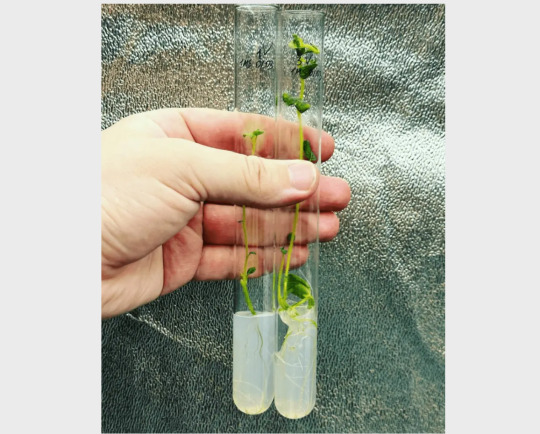
The author of the Telegram channel shows test-tube potato plants, saying that the hands in the picture will work together with AI.
The prospects of AI technology in the agricultural sector
Artificial intelligence in the agricultural sector can be a useful tool to improve product quality and increase production efficiency. AI can be used to process and analyze data, manage various processes, develop chatbots and other tools to help process automation.
ChatGPT is one of the AI systems that can be used in the agricultural sector to process and analyze text data and develop chatbots.
However, keep in mind that ChatGPT may not give reliable answers, which can impair decision making. When using a neural network, specialists need to be careful and check the information using other sources.
In addition, ChatGPT cannot be trained on a chosen database, which limits its use in some business areas. This problem can be partially solved by using open-source models, but they most likely will not be able to offer the required quality.
In general, the use of ChatGPT in the agricultural sector can improve the efficiency and productivity of the area, but requires caution and compliance with legal regulations.
2 notes
·
View notes
Text
Best Vertical Gardening Systems 2023- The Ultimate Guide to Grow Your Garden Upwards
Vertical Gardening Systems – The Ultimate Guide to Grow Your Garden Upwards Discover the wonders of vertical gardening systems and how they can help you create a beautiful and productive garden in limited space. Learn about the different types of systems, the plants that thrive in them, and how to care for your vertical garden to ensure its longevity. Do you love gardening but struggle with…
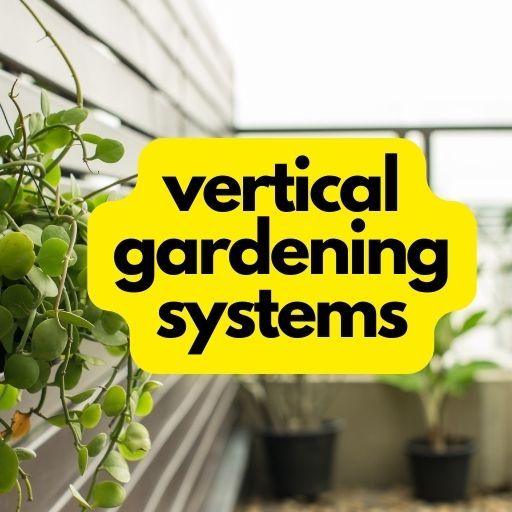
View On WordPress
#container gardening#diy vertical garden#epic gardening#gardening#greenstalk stackable gardening system#greenstalk vertical garden#greenstalk vertical planter#hydroponic system#Organic gardening#urban gardening#vertical#vertical farming#vertical garden#vertical gardening#vertical gardening ideas#vertical gardening system#vertical gardening systems#vertical gardening vegetables#vertical gardens#vertical hydroponics system
2 notes
·
View notes